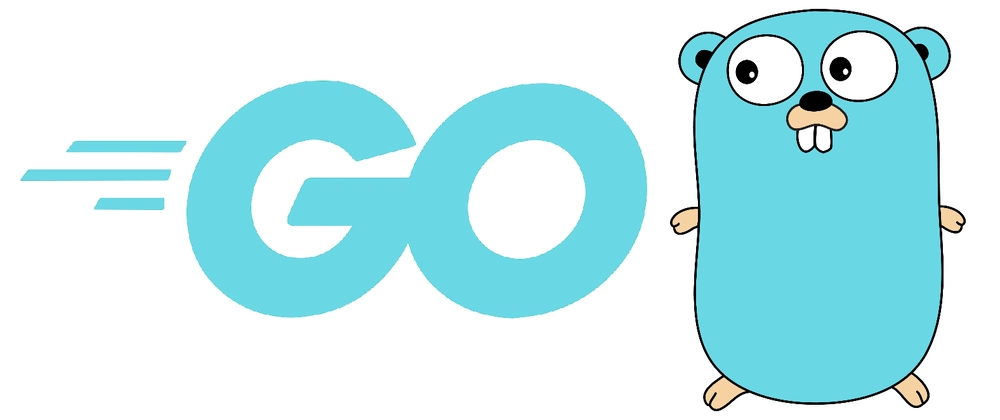Hi, my name is Walid, a backend developer who’s currently learning Go and sharing my journey by writing about it along the way.
Resource :
- The Go Programming Language book by Alan A. A. Donovan & Brian W. Kernighan
- Matt Holiday go course
In software development, writing clean, maintainable, and efficient code is paramount. One critical metric that aids in achieving this goal is cyclomatic complexity. This metric helps developers assess the complexity of their code by quantifying the number of independent paths through a program's source code. In this article, we'll delve into the concept of cyclomatic complexity, its significance in Go programming, methods to measure it, and strategies to reduce it for better code quality.
What is Cyclomatic Complexity?
Cyclomatic complexity is a software metric introduced by Thomas J. McCabe in 1976. It measures the number of linearly independent paths through a program's source code, providing an indication of the code's complexity. A higher cyclomatic complexity value suggests a more complex program, which may be harder to understand, test, and maintain.
The cyclomatic complexity of a program can be calculated using the formula:
M = E - N + 2P
Where:
- ( M ) = Cyclomatic complexity
- ( E ) = Number of edges (transitions between nodes) in the control flow graph
- ( N ) = Number of nodes (statements or decision points) in the control flow graph
- ( P ) = Number of connected components (typically 1 for a single program)
In simpler terms, cyclomatic complexity can also be determined by counting the number of decision points (such as if, for, switch, etc.) in a function and adding 1.
Significance of Cyclomatic Complexity in Go
In Go, as in other programming languages, cyclomatic complexity serves as an indicator of code quality. Functions with high cyclomatic complexity are often more prone to errors, harder to test, and challenging to maintain. By monitoring and managing this metric, Go developers can:
- Enhance Code Maintainability: Simpler functions are easier to understand and modify.
- Improve Testability: Lower complexity reduces the number of test cases needed for thorough coverage.
- Reduce Error Rates: Less complex code is less likely to contain bugs.
Measuring Cyclomatic Complexity in Go
To measure cyclomatic complexity in Go projects, tools like gocyclo are commonly used. gocyclo calculates the cyclomatic complexities of functions in Go source code, helping identify functions that may need refactoring.
Installing gocyclo
To install gocyclo, run:
go install github.com/fzipp/gocyclo/cmd/gocyclo@latest
Using gocyclo
Navigate to your project's directory and execute:
gocyclo -over 10 ./...
This command lists all functions with a cyclomatic complexity exceeding 10, indicating potential candidates for refactoring.
Strategies to Reduce Cyclomatic Complexity in Go
Reducing cyclomatic complexity leads to more readable and maintainable code. Here are some effective strategies:
1. Refactor Large Functions into Smaller Ones
Breaking down complex functions into smaller, focused functions enhances clarity and reusability.
Before Refactoring:
func ProcessData(data []int) {
for _, v := range data {
if v > 0 {
// Process positive values
} else {
// Process non-positive values
}
}
}
After Refactoring:
func ProcessData(data []int) {
for _, v := range data {
processValue(v)
}
}
func processValue(v int) {
if v > 0 {
// Process positive values
} else {
// Process non-positive values
}
}
This approach simplifies the ProcessData function and delegates specific tasks to processValue, reducing complexity.
2. Use Early Returns to Simplify Logic
Employing early returns can eliminate nested if statements, making the code more straightforward.
Before:
func ValidateInput(input string) bool {
if len(input) > 0 {
if isValidFormat(input) {
return true
}
}
return false
}
After:
func ValidateInput(input string) bool {
if len(input) == 0 {
return false
}
return isValidFormat(input)
}
This refactoring reduces nesting and clarifies the function's intent.
3. Replace Complex Conditionals with Polymorphism
When dealing with multiple conditions that determine behavior, consider using interfaces and polymorphism to simplify the code.
Before:
func GetDiscount(userType string) float64 {
if userType == "regular" {
return 0.1
} else if userType == "premium" {
return 0.2
} else if userType == "vip" {
return 0.3
}
return 0.0
}
After:
type User interface {
Discount() float64
}
type RegularUser struct{}
func (r RegularUser) Discount() float64 { return 0.1 }
type PremiumUser struct{}
func (p PremiumUser) Discount() float64 { return 0.2 }
type VIPUser struct{}
func (v VIPUser) Discount() float64 { return 0.3 }
func GetDiscount(user User) float64 {
return user.Discount()
}
This design leverages polymorphism to eliminate complex conditionals, enhancing code maintainability.
Conclusion
Managing cyclomatic complexity is crucial for writing maintainable and efficient Go code. By understanding and measuring this metric, developers can identify complex functions and apply strategies to simplify them. Utilizing tools like gocyclo aids in monitoring



Top comments (0)